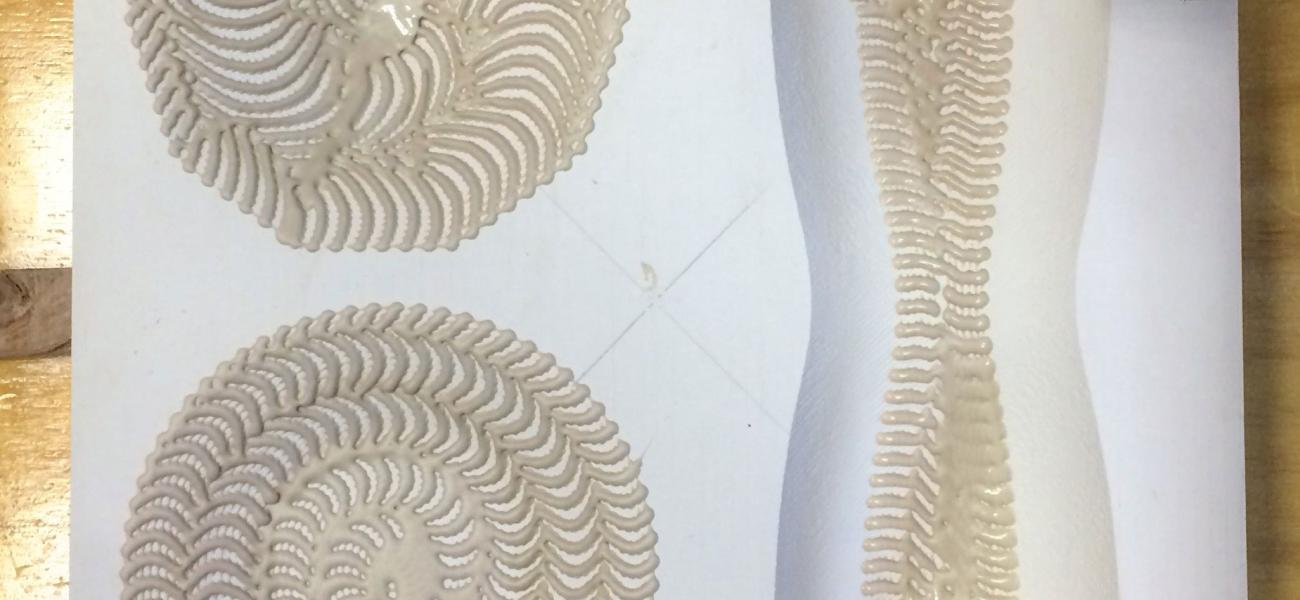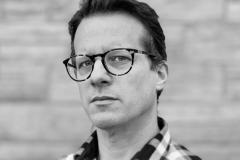
Keith Simpson grew up on a farm. The first memory he related was that of his family always driving old cars, “the kind that needed constant care to keep running.” But this upbringing taught him resourcefulness. In his words, “If you are willing to pay attention, look closely, and work hard, then you can figure things out.” Now he credits online resources and his own perseverance with his ability to do what he does – make things.
As a student at the Kansas City Art Institute, Simpson comments that it would cost $500 to have five prototype cups 3D printed, which he was able to do with some grant monies. In addition to the high fees, there were personalities to navigate and hurdles to creating something outside the obvious. Once on his own, he built his own 3D printer out of “economic necessity,” and the lack of such machines on the market. Awareness of the work of Unfold and Jonathan Keep gave him the encouragement that he needed to build the needed equipment. Now he can make a dozen cups in his studio for about $25.
According to Simpson, “It’s funny how difficult I’ve made it to make a cup. And, honestly, my taste often lies with the simplest utilitarian objects.”
BC: How do you think about shape and form in the objects? You said something about simplicity and form. So is that your baseline?
KS: I don’t know, really. So much of it, so much of digital work looks the same, and then, I feel like we’re all looking at and seeing the same things and responding to the same thing.
The illusion is that with plastic 3-D printers and how you have this tool, it can potentially fabricate anything in the world that you could possibly imagine. But we spend so much time stuck in this place where, “Now I have this tool that can make anything that I was gonna make; I think what I’ll do is, I’ll make a Star Wars cookie cutter.” All the while there’s this illusion that the machine is doing all the work. And we still haven’t figured out, really, how to reconcile that.
I think there’s a good reason why digital pots all look the same, and I think there’s a good reason why they relate to pots. And there’s a good reason why pots, actually, all look the same: we’re all working with basically the same tools; it’s mud; it’s dirt and water. And then, we’re on Planet Earth, and there’s gravity. There are laws to how things stand, or don’t. And I guess that we’re all humans. We have these needs within pottery; I guess the form serves, generally, this purpose of delivering something to the body.


